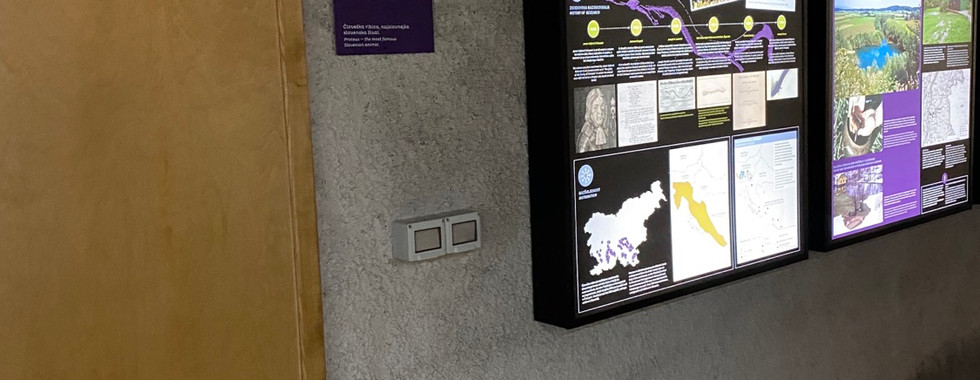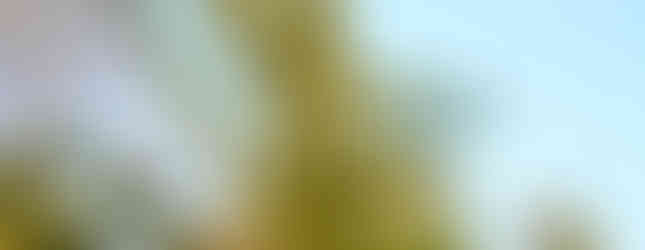Weekend break in Bela Krajina
- Kolpa Resort Glamping

- Mar 16, 2023
- 5 min read
Updated: Mar 17, 2023
... or a multi-day trip through the Bela krajina ...
Getting to know the cultural heritage of Bela Krajina, an active holiday on the water and in the landscape park, an evening at the fire,...
Bela krajina is a real discovery for trips and weekend trips around Slovenia. You can combine various sports or cultural experiences with delicious food. Alone, with family, friends or as a couple, you can visit natural and cultural attractions, which can be combined into a multi-day trip.
In the south-east of Slovenia lies Bela krajina, a karst landscape between Gorjanci, Kočevski rog and the border Kolpa with Črnomlje, Metlika and Semič.
The water-rich, fertile landscape, known for its birches and dogwoods and, last but not least, the Green Juri, which chases away winter and brings spring, was in the past the first Slovenian region to experience Turkish invasions (as early as 1408). The northern part of the country was inhabited already by Celts, Illyrians, then Romans
Bathing in Kolpa
The Kolpa River is the warmest river in Slovenia, often referred to as the "longest Slovenian Riviera" and is also one of the most untouched and cleanest rivers in Slovenia.
The Kolpa River reaches up to 30 degrees Celsius in the summer months - this makes it suitable for swimming, kayaking, canoeing, rafting and other water activities.
Along the river Kolpa, you will be able to find as many as ten natural swimming pools:
Due to the slow current of the river, these baths are ideal for families with small children.
Ponds Prilozje
At Krasinec, behind the village of Prilozje, there are three interconnected ponds. Today, fish are bred in the central and eastern ponds, mainly carp, tench, bream, bream and others.
The western pond is left to natural processes, which is why it represents an important habitat for many rare and endangered species that need a wet environment.
The ponds were once owned by the lordship of Gradac Castle and were mentioned as early as 1824. The wetland is a quiet environment where you can observe various birds, the bowl turtle, dragonflies and many other animals.
The European pond turtle (Emys orbicularis) is of particular interest, as it is on the list of endangered species and is the only autochthonous turtle in Slovenia. Due to its endangered status, Prilozje ponds are included in Natura 2000, the European network of protected areas.
The Krupa Spring and the Jewish House
Krupa spring is one of the most beautiful springs in Bela Krajina. The Krupa River is a 2.5 km long river. Its source is located in the village of the same name. It originates under a 30 m high stone wall. The stream has, in some places, the characteristics of a canyon.
The river is protected as a natural monument and was included in the ecological network Natura 2000. The spring is the main attraction on the Karst Learning path from Lebica to Krupa. In the sediment of the original lake, the only Slovenian deposit of the cave shell - Jalžić's congeria (Congeria jalzici) was discovered in 1970.
Jewish house or karst cave is found in the forest above the river Krupa. It was carved out of limestone by Krupa's predecessor. Archaeological excavations in 1960, 1985 and 1987 revealed the period of settlement and its use.
Findings of stone tools in the oldest layers prove that the cave was occasionally inhabited already in the Old Stone Age, thus confirming the first Paleolithic station in Bela Krajina.
Mirna gora
Mirna Gora is the highest peak of the hilly outskirts of Bela Krajina. It is located on the southeastern part of the rugged karst plateau of Kočevski Rog, which together with the neighboring Dinaric plateaus forms one of the largest forest areas in Europe.
At its foot are the abandoned nomadic villages of Planina, Kleč, Škrilj, Ponikve and Sredgora. The ancestors of the last inhabitants came here during the German colonization in the 14th century and stayed here for more than 600 years.
Divji potok
Divji potok, which has its headwaters above Srednja vasja near Črmošnjice, has created a very varied and picturesque riverbed full of waterfalls, pools and rapids on the dominant dolomite bedrock.
The stream flows most of its course through the forest. After about 3.5 km of torrential flow, it flows into Črmošnjičica, which flows towards Dolenjski Toplice.
A special feature of the Divje potok is the elimination of reeds along the entire river bed. It is formed when water containing calcium carbonate flows over organic residues and is secreted on them, thus surrounding them. It is a highly perforated and porous rock that constantly changes the thresholds of waterfalls and creates picturesque pools.
There is a 2.5 km long learning trail on Divje potok that leads along old paths and carts.
Rožanec Mithra temple
Among the best-known remains of ancient times in the area of Bela Krajina is the mithraeum (altar or votive inscription to the deity Mithras) on Rožanec, more precisely in the Judovje grove.
Mitrej temple above Rožanec is one of the most attractive archaeological monuments in Slovenia.
The ambience of the temple in the middle of the forest only adds to the mysticism of the cult of Mithras.
Most of Mithra's temples were built between 100 BC and 300 AD. Most were built during the Roman Empire.
Steljniki meadows & birches
Steljniki meadows are among the most recognizable natural features of the Bela Krajina. Elsewhere in Slovenia, litter boxes are not usually found and are therefore all the more important for the cultural and biological diversity of the Bela krajina.
They consist of birch forest, pine trees and undergrowth of litter, heather and heather. Due to specific plants,
Die Quelle Jelsevnik und der schwarze Grottenolm
The Black olm is an aquatic amphibian and the largest cave animal. Due to its coloring, the black human fish is particularly interesting, which lives only on the Belokrajna shallow karst, on a patch of approximately 10 km2.
Due to specific evolutionary adaptations, the species has great scientific research importance. The Infocenter at Homestead Zupančič was designed with the desire to raise awareness of the importance of maintaining a clean environment. Experts in the covered tent, where the karst emery is located, perform a wide variety of analyses.
C-47 Dakota
An island where an Allied plane from the Second World War stands. A Douglas C-47 Dakota stands at a site honoring two partisan airfields during World War II.
The WWII-era transport aircraft, tactical number 71 253, was last in service with the 679th Transport Squadron at Pleso Airfield.
While driving along the road Metlika - Črnomelj, towards Črnomlje, beyond the village of Primostek, the plane is visible on the left side. Continue from Primostko for another 1 km and turn left towards the village of Otok.
Where will you eat well?
Taste delicious dishes made from local ingredients according to traditional recipes ->


































Comments